Hay ocasiones en las que ver un aula llena de alumno@s produce especial alegría. No digamos ya si ello se corresponde con la atención y la oportunidad de las preguntas del público. Ese fue el marco del curso Sociedad y Comunidad Gitana en el siglo XXI, una iniciativa de la Federación Andaluza de Mujeres Gitanas –FAKALI- y la Asociación de Mujeres Gitanas Universitarias de Andalucía –AMURADI-, que acaba de cumplir su cuarta edición, con el reconocimiento y el apoyo de la Universidad de Sevilla.
Se trata de una actividad centrada en la importancia de luchar contra los estereotipos sobre la identidad gitana, imágenes peyorativas que la sociedad mayoritaria interioriza y maneja de forma incluso inconsciente. Las mujeres de Fakali y Amuradi desarrollan un amplio programa social comprometido con la promoción educativa, sanitaria y cultural del pueblo gitano en su entorno inmediato; con esta actividad quieren además exponer ante l@s universitari@s la realidad plural, rica y compleja de lo que es ser gitano/A hoy.



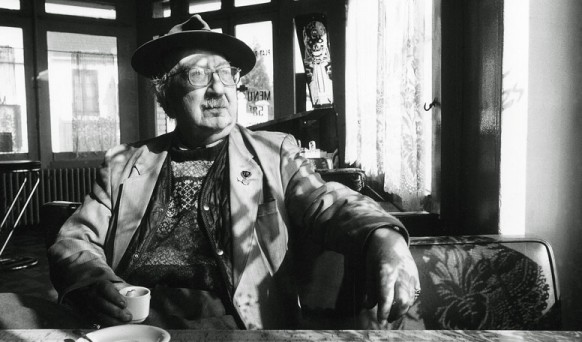
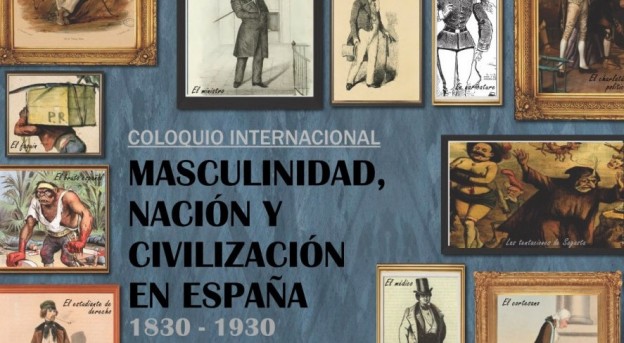

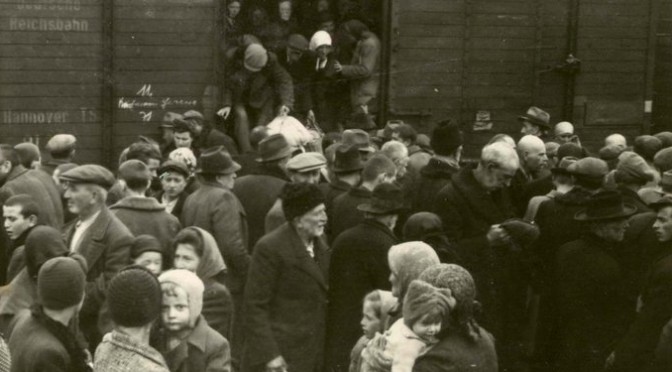
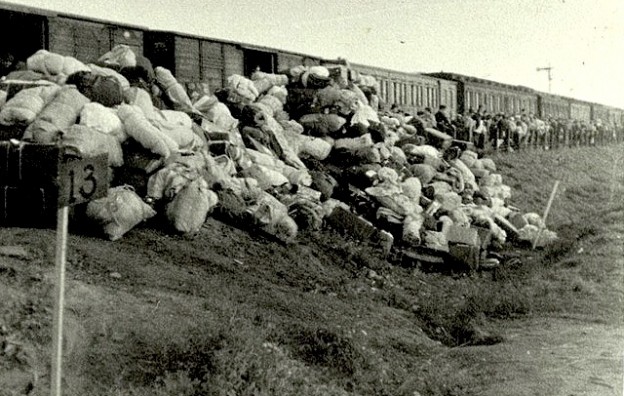
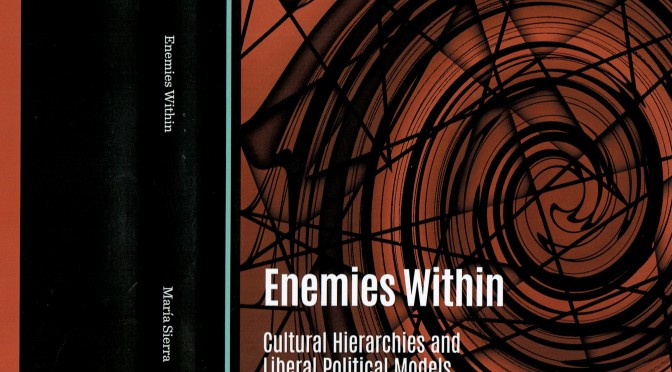

 Créditos fotográficos: el blog emplea sin ánimo de lucro imágenes libres de derecho de autor, imágenes cuyos autores no han podido ser localizados e imágenes indispensables para sostener los argumentos científicos de los distintos artículos. Si alguien desea hacer constar derechos sobre imágenes, puede escribir a la dirección
Créditos fotográficos: el blog emplea sin ánimo de lucro imágenes libres de derecho de autor, imágenes cuyos autores no han podido ser localizados e imágenes indispensables para sostener los argumentos científicos de los distintos artículos. Si alguien desea hacer constar derechos sobre imágenes, puede escribir a la dirección